By Kaylen La Brooy, Bachelor of Laws and Bachelor of Psychology
“A generation that ignores history has no past and no future” – Robert A. Heinlein
As emerging global leaders, we must learn to navigate an interconnected world with a rich and diverse cultural history. It is with this mindset that I reflect fondly on our Cabramatta Cultural Insights trip, particularly my visit to the Fairfield City Museum and Gallery.
Never before had I visited the bustling streets of Cabramatta, or participated in a GLP excursion. This is what piqued my curiosity; I wasn’t really sure what to expect at each stop. You could say this contributed to my feelings of anticipation and excitement that came with the thrill of the unknown.
We had just visited Mingyue Lay Temple and given this was my first time, my phone was full of photos, each picture a testament to the distinct 12th-century inspired architecture.
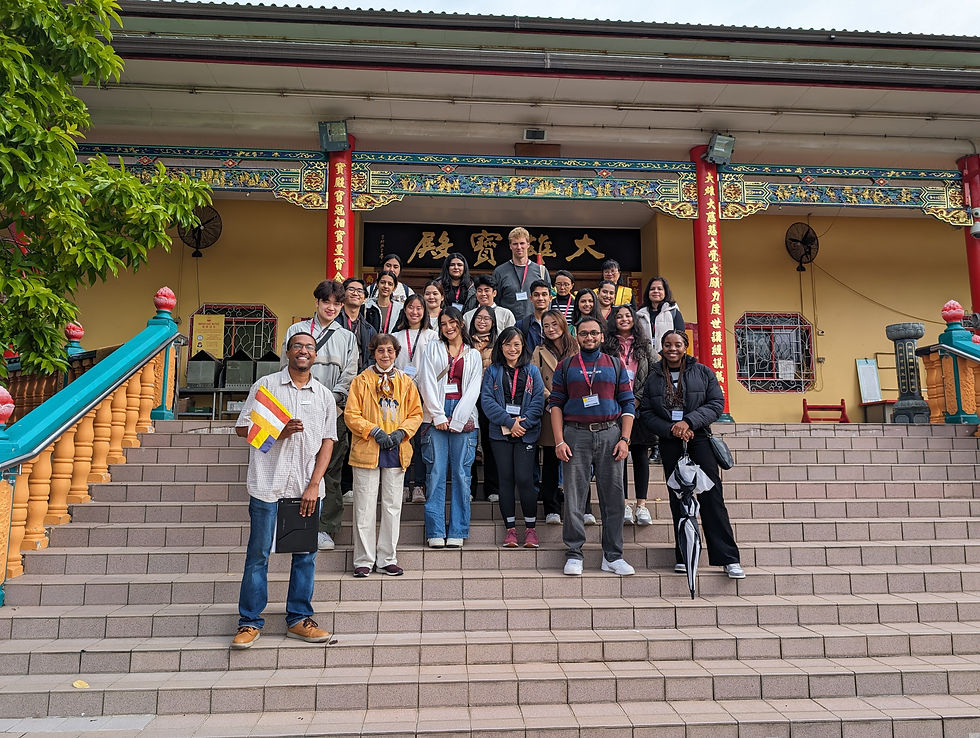
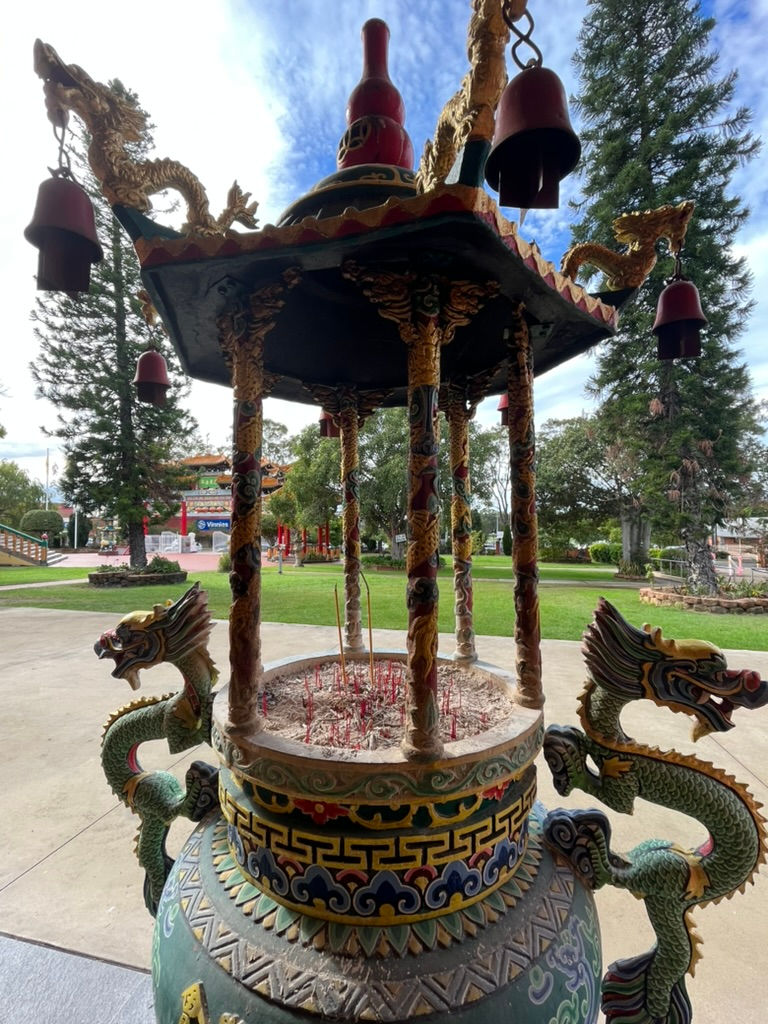
The trip had been amazing thus far, but the highlight of my day was at the Fairfield City Museum and Gallery. Here we were privileged to engage cross-culturally with artists from diverse backgrounds in the Language Exchange and Villawood Exhibition series.
The Language Exchange exhibition was both personal and informative, illustrating a vivid picture of Australia’s diverse cultural mosaic. Illuminating experiences of joy, community, sorrow and loss for Australian artists with culturally diverse language backgrounds, we became the audience, privy to the most personal of works depicting individual history. We took home a piece of knowledge from each work, whether it being an understanding of our world, the artist or ourselves.
Each work had distinct forms and features; after all, art is a reflection our unique culture and history.
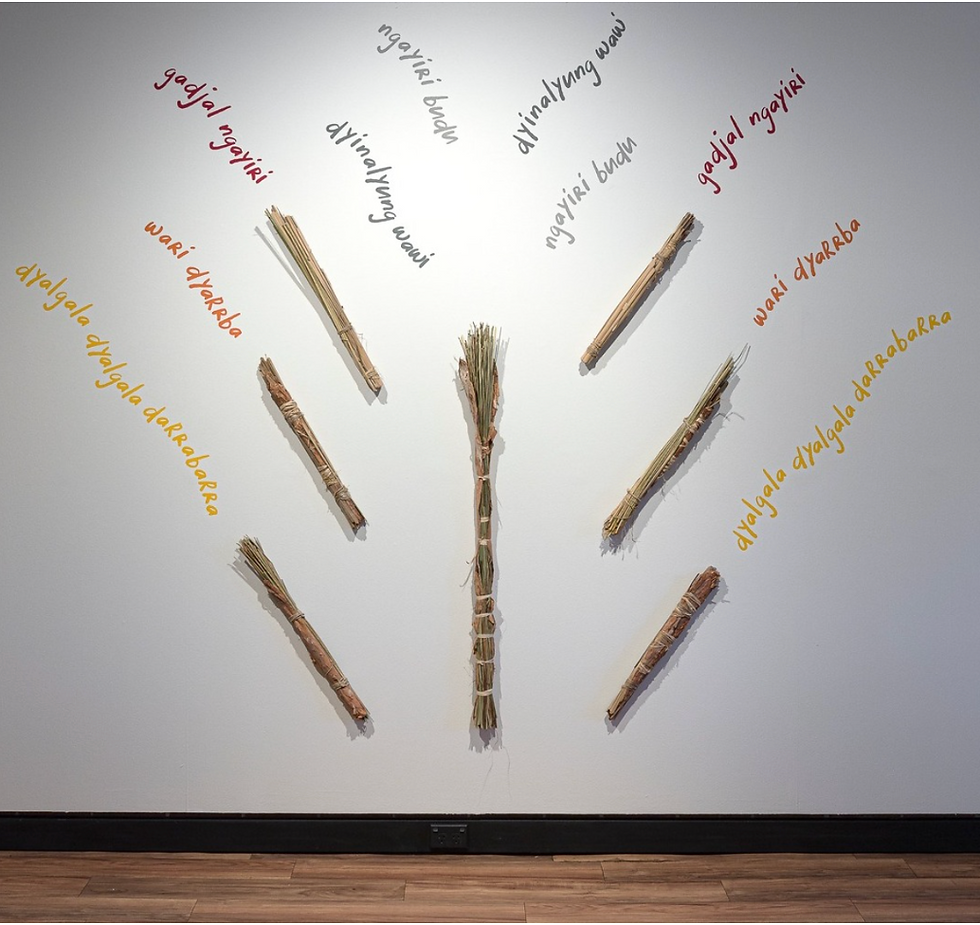
The first installation we were introduced to was “Dyalgala” by Peta Strachan in collaboration with Matthew Doyle and the Jannawi Dance Clan. The work drew on everyday tools used by the ancestral women of the Dharug people, the traditional custodians of the Cabramatta region. It was here we appreciated the inextricable spiritual connection they had to traditional cultural artefacts in song and dance.
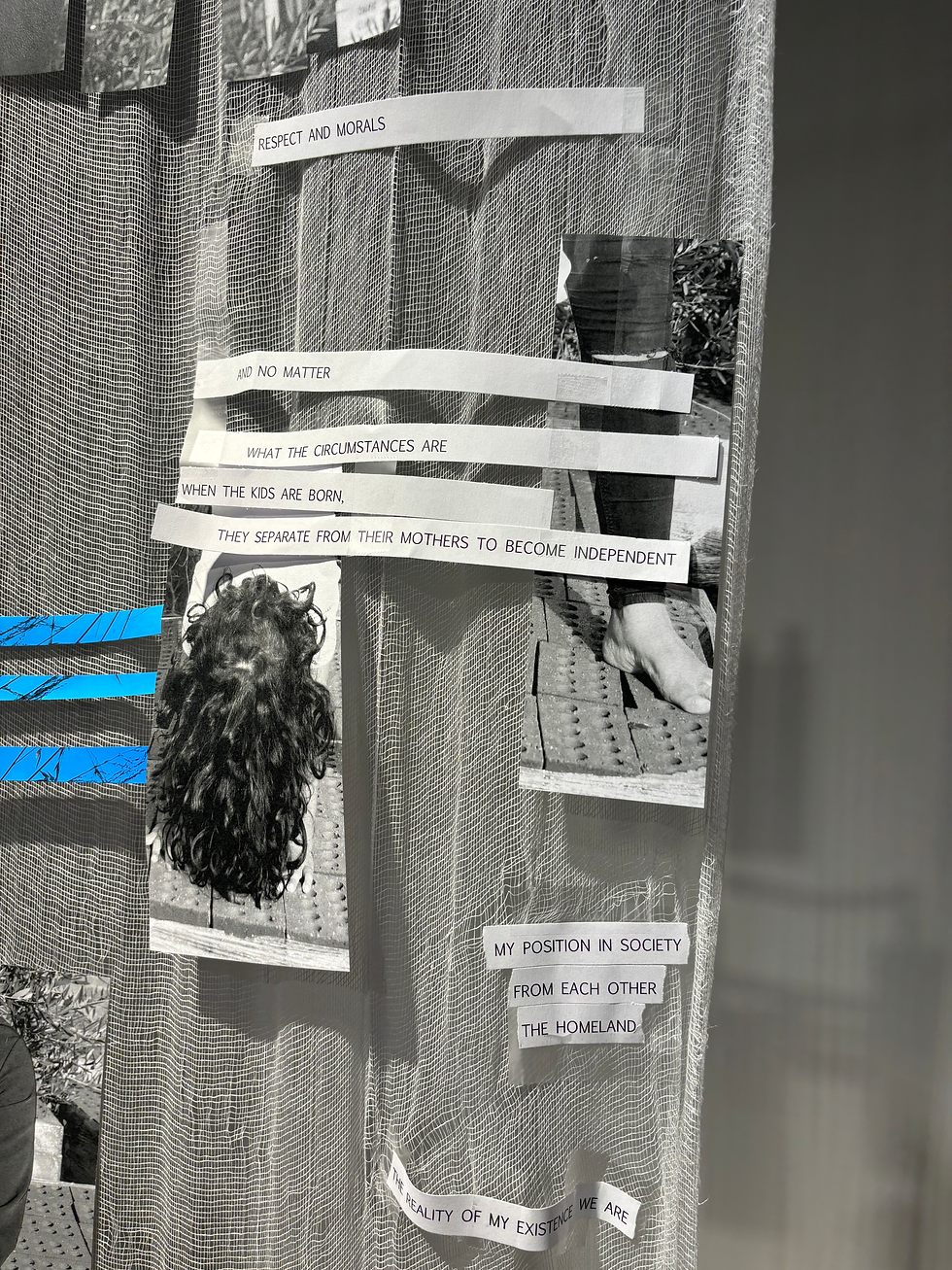
We also had an opportunity to nourish our understanding of language and storytelling in a participatory work by Marian Abboud. We could actually contribute to her work, as we took strips of paper, and made our own meaning with printed texts and images. In doing so, our group enjoyed weaving our own narratives into her creation, as we became part of the perpetual dialogue that underpins storytelling.
Another highlight was Audrey Newtons’ artwork, as we could take home a letter of their handwritten artistic statement. Our group read the letter on the ride back and appreciated the ideas of beauty that they shared with us so personally. I felt encouraged to think inwards about our own identity. I also looked outwards on civilisation as a whole and its cultural beauty throughout history.

We then visited the Villawood Exhibition series. Witnessing various mediums, we cultivated an understanding of Villawood and its history as an area impacted by migration, industrialisation, urbanisation and detention.
History is confronting, and this was no exception. The exhibition offered a glimpse into the past, confronting us with diverse migrant experiences in the Villawood detention centre. Objects on display like newspapers, handmade tools and furniture from the time period, exposed the prison-like conditions of the high security section all the way up to the 2000s.
Artworks documenting the psychological impacts of the detention centre also revealed the traumatic experiences of many migrants. Our understanding of this was augmented by provided infographics, which offered greater context and made us empathise with the diverse experiences of the marginalised from this time.
My biggest takeaway, however, was that the ills of the past teach us what we can do better in the future, reminding us that it is our responsibility to act upon the issues we face now. In championing the voices of the marginalised, you better appreciate the breadth of Australian experiences that diverge from our pre-conceptions.
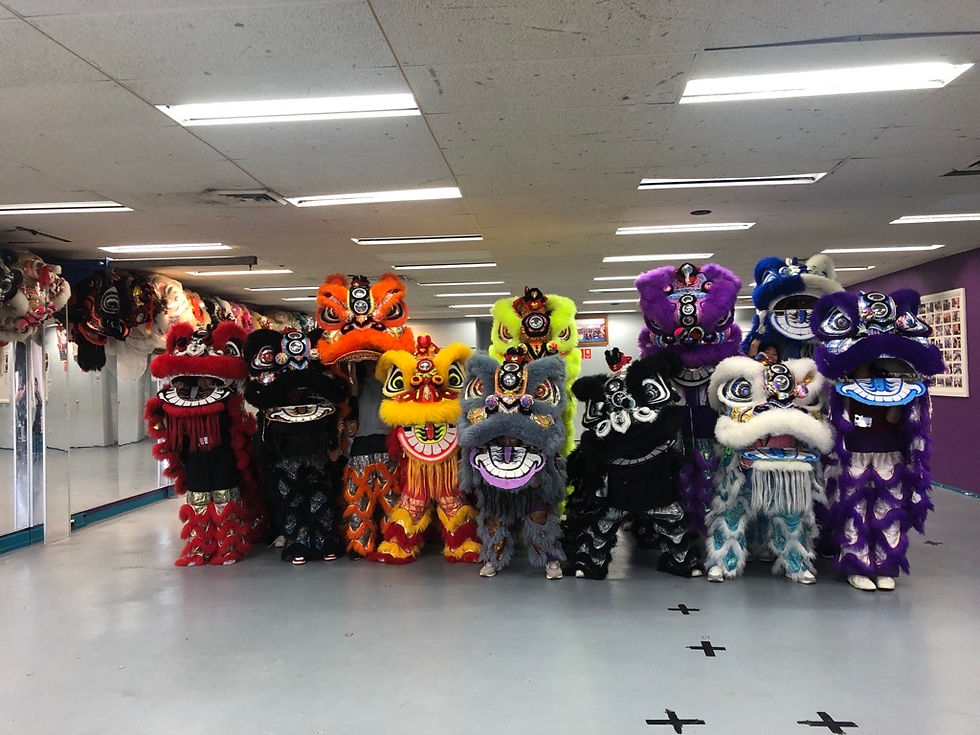
My GLP journey has just begun. So far, each opportunity has inspired and enlightened me in my journey as a young adult. Learning about the past and its cultural diversity prompts me to consider what positive difference I want to make in the world in light of this.
After all, every cultural experience is a new perspective, a new story and a new lesson to guide our future.
I thank the GLP staff for dedicating their time to make these trips so enjoyable for us.
If you are unsure whether Cultural Insights is for you, my best advice is to give it a go! You never know what aspects will stick with you… perhaps what you learn about an area’s history may inspire you to pave a better future.
Best of luck!




Comments